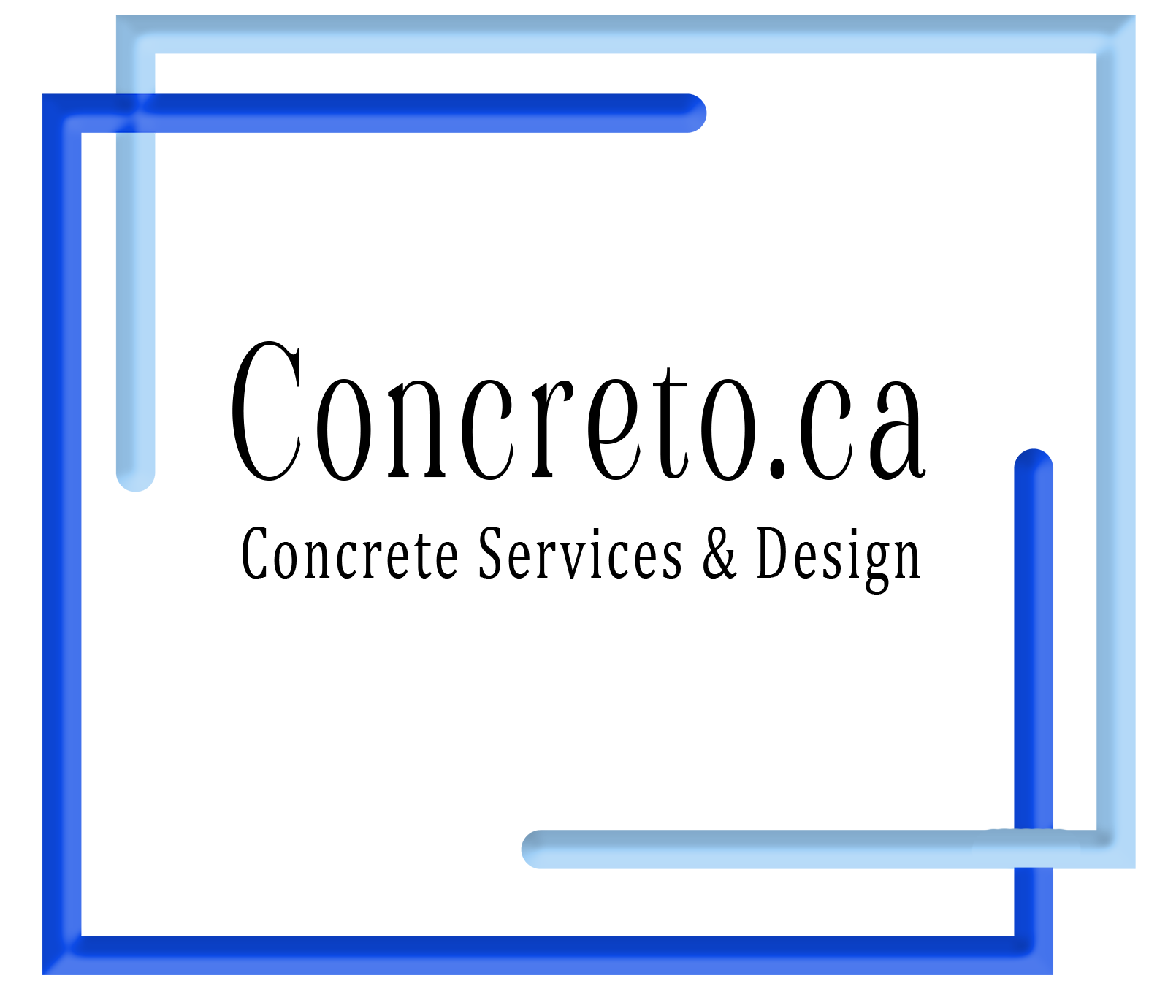
A concrete foundation is a base for a structure.[1] The type and size of concrete foundation you will need is based on the structure you will place upon it. You may need a concrete foundation for a fountain, or your patio furniture, or even for an air conditioner unit.
Steps
Choose the type of foundation to build. Hence, selection of the right foundation system is very important. Generally, foundation systems are of two types. It can be either a shallow foundation or a deep foundation. As the name suggest, a shallow foundation has a lower depth as compared to a deep foundation.
As the joists are added, they should not only add strength and rigidity, but should also, in effect, square your deck if they are cut to the appropriate lengths. Obviously, the more square the frame, the better. Slight tolerances can be adjusted before the joists are installed to prevent exaggeration. Compare the opposite lengths of the perimeter of squares and rectangle forms – these lengths should be the same. Using a square and a 4’ level will also help verify that your deck form is level. You can also use the 3-4-5 rule to verify right angles.
Make your concrete.[6]
- A concrete mixture ratio of 1 part cement, 3 parts sand, and 3 parts aggregate will produce a concrete mix of approximately 3000 psi. Mixing water with the cement, sand, and stone will form a paste that will bind the materials together until the mix hardens.
-
- Pour your ready concrete into your form.
- Use your trowel to level it off and smooth it over.
- Make grooves with your trowel if you want a non-slippery surface.[8]How to Mix Your Own Concrete. … To mix your own concrete for footings and piers, use 1 part Portland cement, 2 parts clean river sand, and 3 parts gravel (maximum of 1 inch diameter and specially washed for concrete mixing). Add clean water, a little at a time, as you mix. The concrete should be plastic, not runny.
Make your concrete foundation.[7]
- Choose the type of foundation to build. …
- Set your footings 2 feet (60.96 cm) across. …
- Align the 2 inch wide by 10 inch long (5.08 cm wide by 25.4 cm long) boards to build the forms for your footings. …
- Square and level the form. …
- Make your concrete. …
- Make your concrete foundation. …
- Finish your concrete.
Note:
Finish your concrete.[9]
- Let the concrete dry.
- Remove the forms after the concrete thoroughly dries. This will take at least 24 hours.
- Keep the concrete wet for the next few days to avoid cracking. Soak it with a hose at least twice daily, three times if it is very hot outside.[10]
- Cover the pad if it looks like rain. Rain can cause depressions in the concrete and cause your foundation to be uneven.[11]
- In good concrete floor finishes, the floor will look smooth and provide the perfect levels of flexibility and strength necessary for your building. Some of the most popular choices for concrete floor finishes are epoxy, polyurethane, and polyaspartic compounds
